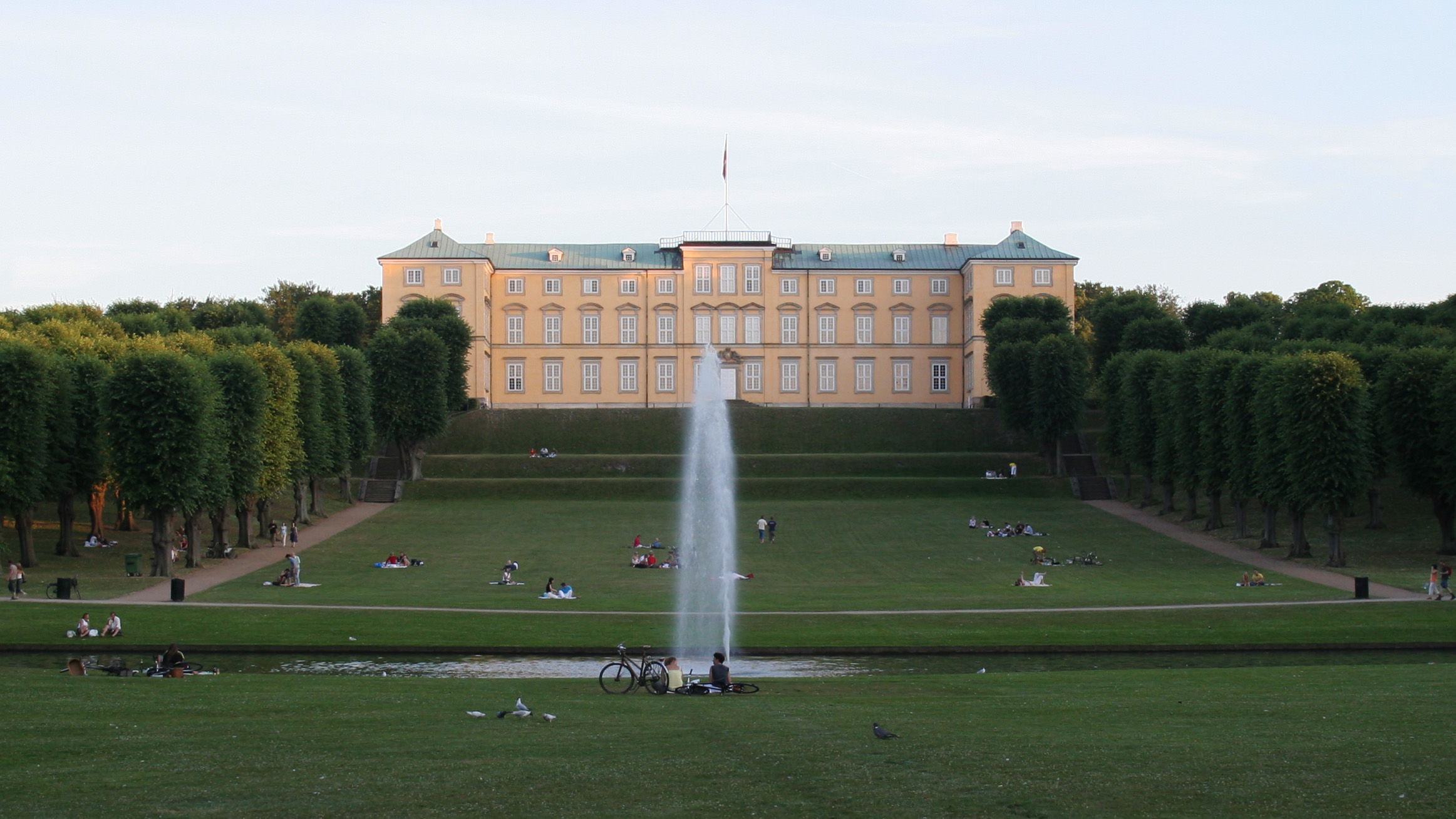(From Wikipedia)
Amelia County, Virginia. Created by a legislative act in 1734 and 1735 from parts of prince George and Brunswick counties. The County is named for Princess Amelia, daughter of George II.
Blancpain. Swiss luxury pen maker.
Bristol Royal Infirmary. Large teaching hospital. A wealthy city merchant, Paul Fisher, was prominent in its foundation in 1735.
Edial Hall School. Near Lichfield, it was established by Samuel Johnson, who taught Latin and Greek here to young gentlemen. Funds for the school were provided by his wife, "Tetty" Porter. It only had three pupils, one of whom was David Garrick, and it was only open for about a year, after which Johnson was forced to close it due to a lack of funds. (Pic: 1824)
Frederiksberg Palace. Baroque residence, located in Frederiksberg, Denmark, adjacent to the Copenhagen Zoo. It commands an impressive view over Frederiksberg Park, originally designed as a palace garden in the Baroque style. Constructed and extended from 1699 to 1735, the palace served as the royal family’s summer residence until the mid-19th century. Since 1869, it has housed the Royal Danish Army Officers Academy.
Pharmacy Museum, Lviv, Ukraine. The Museum was opened in 1966 in the building of an old drugstore at the corner of the Market Square. The drugstore was established in 1735 by Wilhelm Natorp, a military pharmacist. It was called "Under the Black Eagle".
The Royal Burgess Golfing Society of Edinburgh. The oldest golfing society in the world, with references to its existence dating back to 1735.
Shepherd Market. A small square in the Mayfair area of central London Located between Piccadilly and Curzon Street, it has a village-like atmosphere. The name Mayfair was itself derived from the 15-day fair that took place on the site that is now Shepherd Market. The fair was banned in 1708 due to disturbances. Subsequently, the local architect and developer, Edward Shepherd, was commissioned to develop the site during 1735–46. The development included paved alleys, a duck pond, a two-storey market, and a theatre.
University of Miskolc, Hungary. The university is the successor of the University of Mining and Metallurgy of Selmecbánya (established in 1735), which was the first school under non-ecclesiastical control in the Habsburg Empire.
Vandenhoeck & Ruprecht. A scholarly publishing house based in Göttingen, Germany. It was founded in 1735 by Abraham Vandenhoeck (1700-1750) in connection with the establishment of the Georg-August-Universität in the same city.











